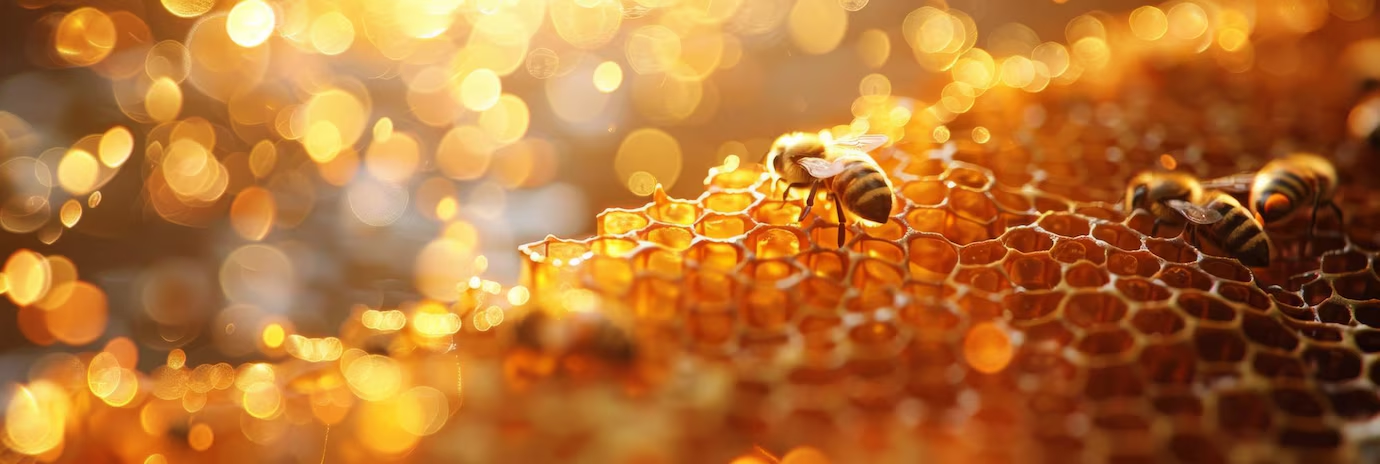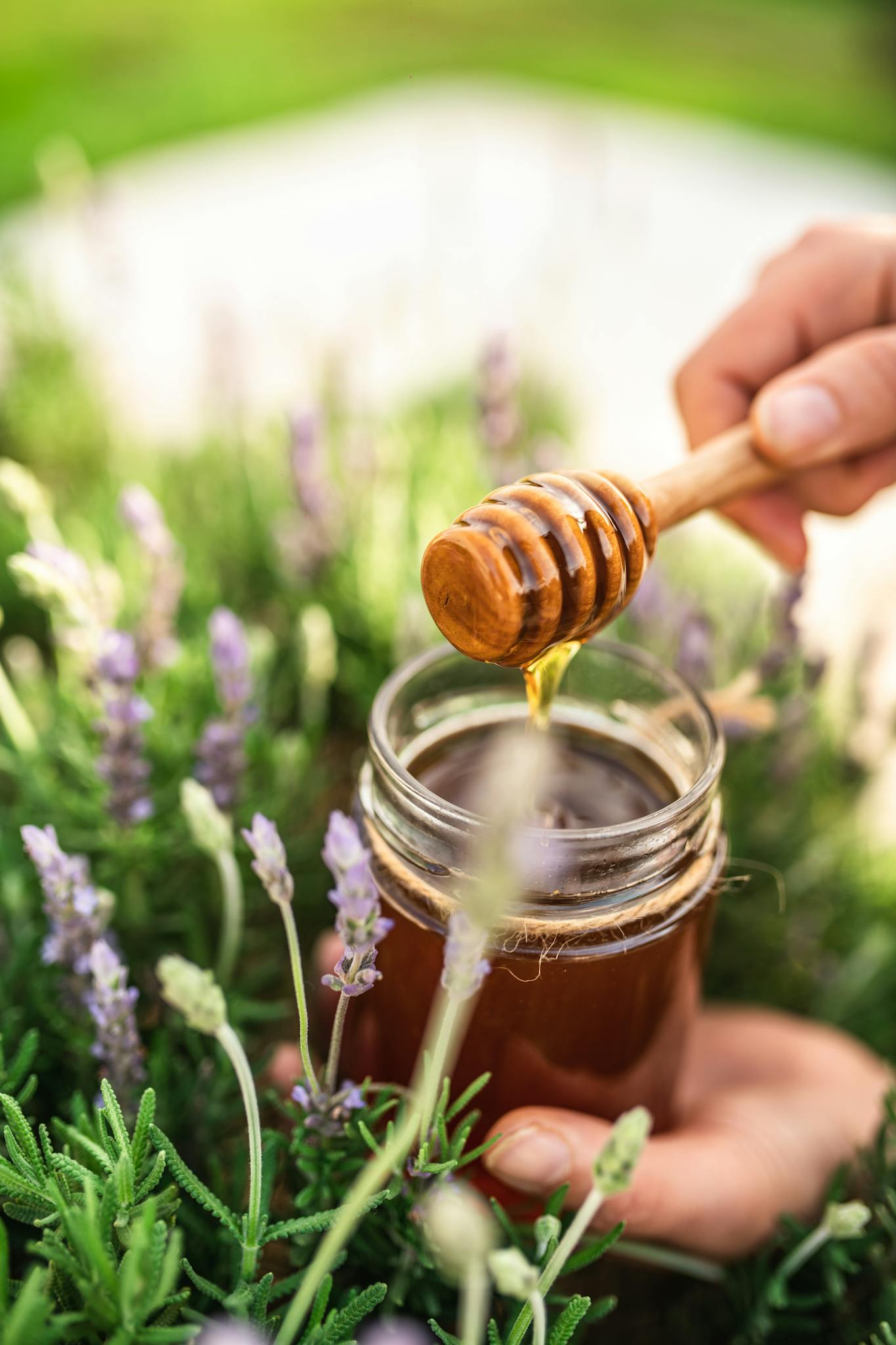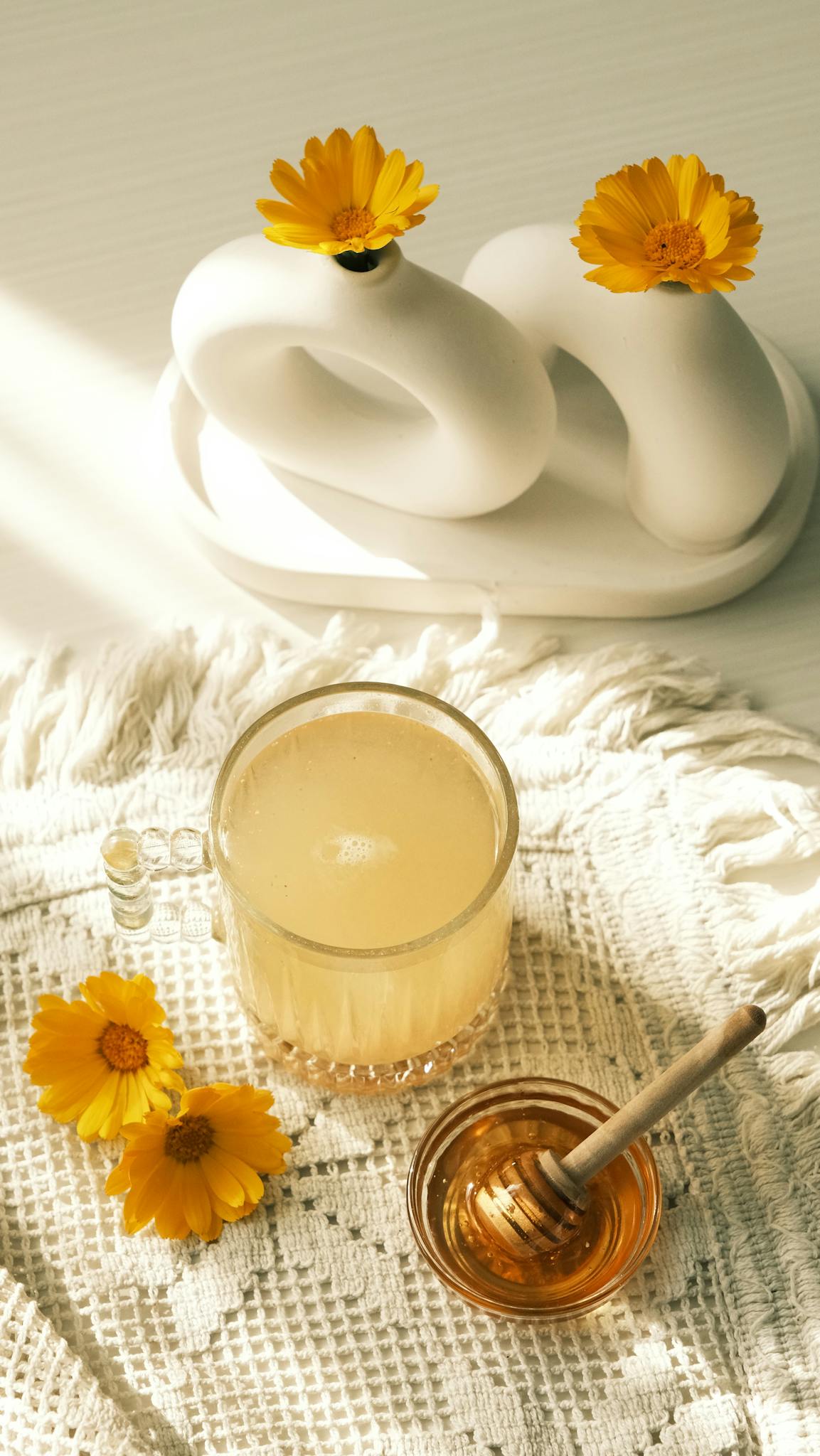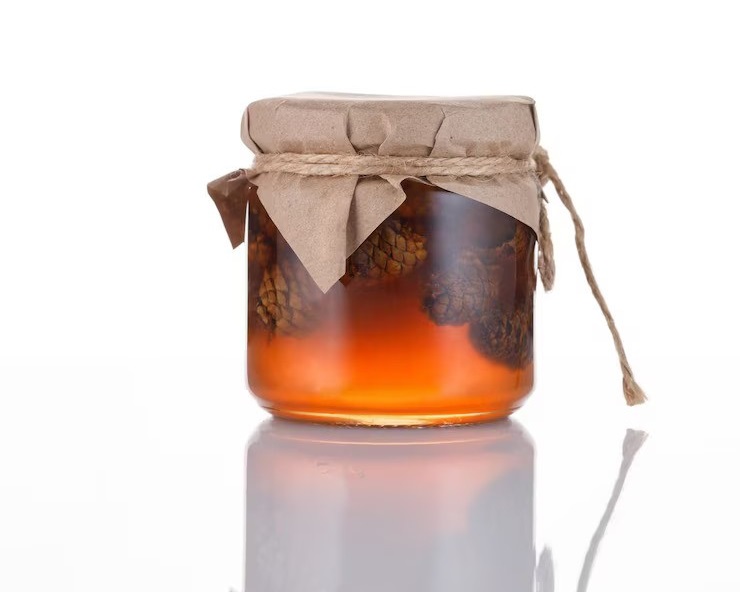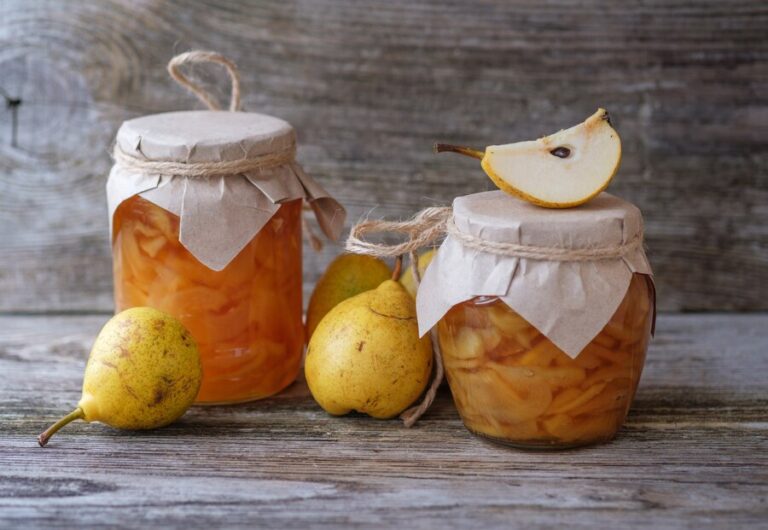How to choose real natural honey: tips for buyers
Natural honey has been a staple in households for centuries. However, with increasing options on store shelves, choosing genuine honey can be challenging. Here’s a practical guide to help you identify quality honey and make informed purchasing decisions.
1. Understand the types of honey
Honey can be categorized based on floral source and processing method:
- Monofloral honey (e.g., acacia, linden): comes mainly from one plant.
- Polyfloral honey: made from various nectar sources.
- Raw honey: unheated and minimally filtered.
- Pasteurized honey: heat-treated to prevent crystallization.
Each type has its own texture, flavor, and aroma. Choose based on your preferences and intended use.
2. Read the label carefully
A good label reveals a lot. Look for:
- “100% pure honey” or “raw honey” with no additives.
- Origin information – local or regional products are more likely to be authentic.
- No mention of glucose, syrup, or sugar – these indicate artificial additions.
Avoid ambiguous terms like “honey blend” or “honey product.”
3. Examine the appearance
Visual cues can help identify real honey:
- Color varies by source – from light amber to dark brown.
- Consistency should be thick, not watery.
- Crystallization is natural and often a good sign. It doesn’t mean the honey is spoiled.
Transparent honey that looks overly glossy may have been processed too much.
4. Taste and aroma tell a story
Natural honey offers a distinct bouquet depending on its floral origin. A strong, natural aroma and a lingering, complex sweetness suggest authenticity. Artificial honey often tastes overly sweet but flat.
5. Perform simple home tests (optional)
While not foolproof, these quick checks might help:
- Water test: A drop of honey in a glass of water should sink and stay in shape.
- Thumb test: Put a drop on your thumb—real honey stays in place.
Remember, lab tests remain the only reliable way to confirm purity.
6. Buy from trusted sources
To minimize the risk of buying imitation honey:
- Choose local beekeepers or farmers’ markets.
- Purchase from reputable brands with traceability.
- Look for certifications indicating quality standards.
Online reviews and community recommendations can also be helpful.
7. Beware of suspiciously low prices
Honey production is labor-intensive. Extremely low prices often signal dilution or artificial products. If a deal seems too good to be true, it probably is.
Conclusion
Choosing real natural honey requires a bit of attention to detail, but the reward is worth it. By knowing what to look for on the label, understanding how honey should look and taste, and buying from reliable sources, you can enjoy authentic honey that enhances both your pantry and your recipes.
